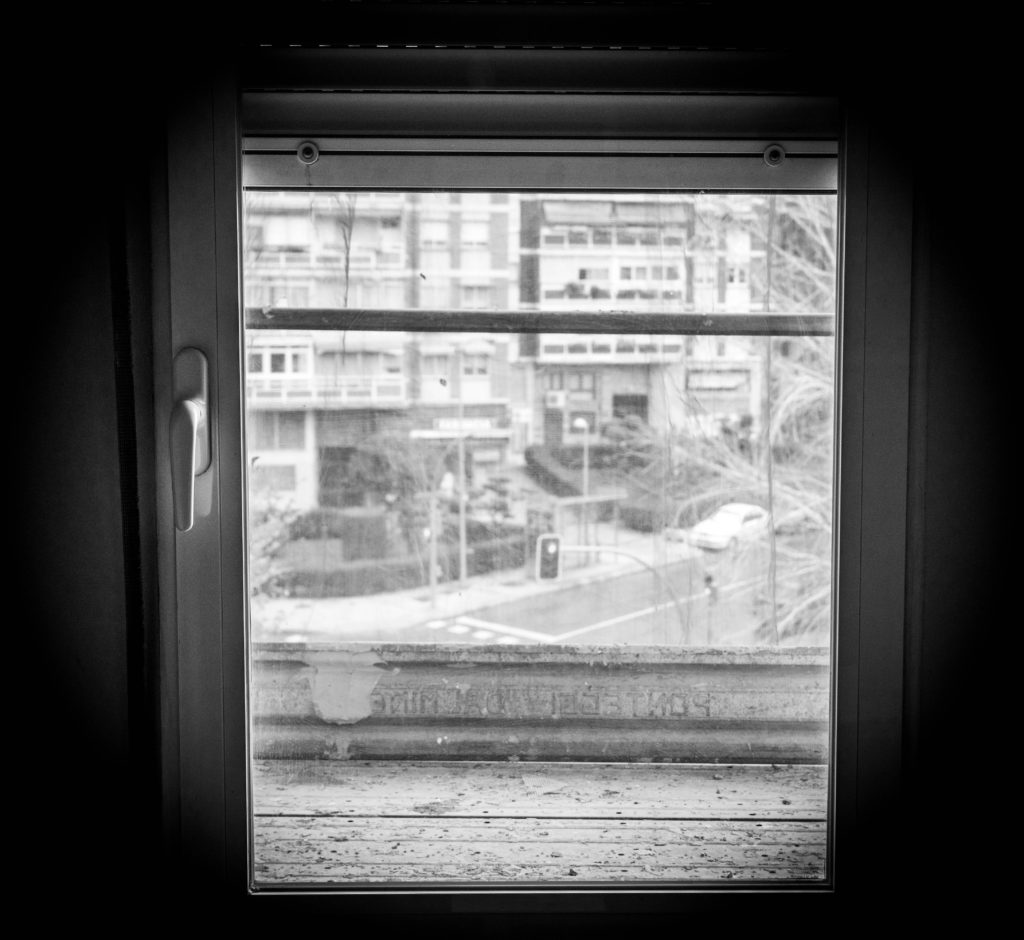The COVID-19 ‘lockdown’ has led to increased attention on the risk of sexual violence against children in domestic spaces. This worrying realisation has been publicly noted by the World Health Organization, children’s organisations and the UK government, and will require a refocusing of child protection efforts.
Most sexual violence against children remains unreported and therefore ‘hidden’, with victims fearful of humiliation or not being believed. As such, we don’t know for sure how accurately the statistics we currently have reflect the scale, nature, and locations of child sexual abuse.
However, the majority of the datasets relating to the UK and the Anglosphere point towards particular realities: that sexual violence against children has predominantly been perpetrated by (overwhelmingly male) individuals already known to the (overwhelmingly female) child victims, and that this abuse mainly (76.7%) takes place within a home setting.
In recent decades, the increase in online child sexual abuse has added further dimensions to, and potential for, domestic abuse. And yet, awareness of the spatial aspects of abuse has often proved to be beyond public understanding and discussion. Why is this?

If we look back to the immediate post-Second World War period, prevailing representations of sexual violence against children surrounded the male (often homosexual) stranger, and public focus tended to be on the most violent crimes such as rape, abduction and/or murder. The trope of the predatory abuser left other, more prevalent forms of child sexual abuse, notably abuse occurring within the family, ‘invisible’.
Infamous child sexual murder cases, and media coverage of them, exacerbated the perception that sexual violence against children was a matter of predators, psychopathy, stranger danger and public spaces. The Moors murders case of the 1960s is one prime example of this, even though Ian Brady and Myra Hindley also committed their crimes in private homes as well as outside. Brady himself noted that the public setting of their crimes ‘fascinates … because of the dramatic background – fog, capes, cobbled streets’.
1970s developments in child protection, grounded in feminist thought and research, presented the child sexual offender as someone much closer to home. Yet this did not shift popular media representations of abusers very far from the stranger-predator model. Familial abusers were difficult to identify, understand, manage and represent, leading to confusion and concern in the 1980s.
This manifested in the Cleveland crisis of 1987, in which parents (and local and national media) strongly challenged diagnoses of domestic sexual abuse against their children in North East England. Cleveland became a symbolic moment for discussions about who was responsible for the ‘child’. Should it be the state, through paediatricians and social workers? Or the family?
In the 1990s there was an eruption of concern about paedophiles that has been described as a ‘moral panic’, culminating in a News of the World press campaign to have all paedophiles within communities ‘named and shamed’: an entirely unrealistic preventative suggestion that elided domestic sexual abuse. Filmmaker Chris Morris famously mocked this in his satirical television documentary Brass Eye (2001), with an episode named ‘Paedogeddon!’ taking aim at mainstream media reactions to paedophilia. It received the most ever complaints for a UK television show at that time.
Morris felt that ‘if you deal with … paedophilia, then you’re dealing with something where people’s brains are nowhere near the point of debate … that’s why you can get [people] to say that paedophiles are like crabs, because they’ve never given the subject any thought’. Morris’ comments cut to the subjective, emotive and often unspoken – or otherwise coded – responses to paedophilia that obscured one of the primary spaces of danger: the home.
In the late twentieth and early twenty-first centuries, although male relatives and family friends were understood by child protection professionals and researchers to be the primary offender types, those categories of perpetrator continued to be underrepresented in the media. Instead, more prominent or sensational figures were foregrounded. In 2004 media scholar Jenny Kitzinger found that 96% of newspaper articles on how to protect children focused on the threat from strangers, as opposed to people known to the victim.
Revelations since 2012 about abuse in politics, sport, care homes, and by television entertainers have been a critical moment for child sexual abuse awareness in the UK. However, they have also done little to directly address domestic child sexual abuse.
Until now, over-representation of ‘stranger danger’ has occurred in public discussion both precisely because stranger-perpetrated sexual violence is so shocking, and also because of the difficulty in representing someone who could be anyone. The media in particular has found it much easier to discuss and represent perpetrators that stand out, rather than those who commit domestic sexual violence unseen and with devastating monotony.
One silver lining to the COVID-19 crisis could be that it pushes received wisdom to catch up with difficult truths about the spaces of abuse.
*Opinions expressed by guest bloggers are their own and don’t necessarily represent the views of the SHaME Research Hub.